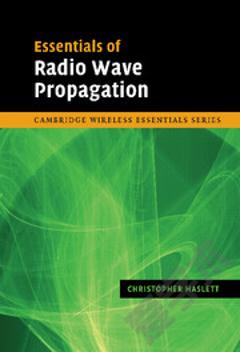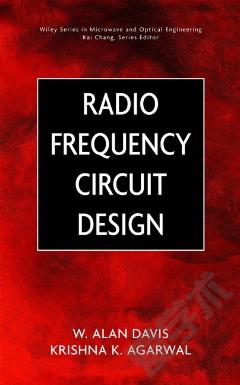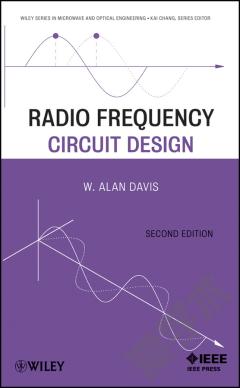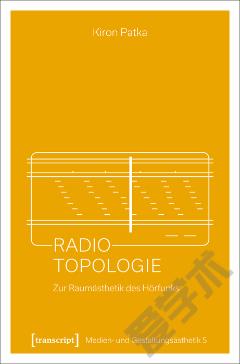Radio-Frequency Capacitive Discharges
Basic Principals of the RF Capacitive Discharge Excitation of an RF Discharge Electron Motion in an Oscillating Electric Field Electrodynamic Plasma Characteristics and Interaction with Oscillating Field Electron Production and Loss: Plasma Maintenance A Simplified Model of the RF Discharge Constant Positive Plasma Potential Stochastic Heating of Electrons RF Discharge Modes Moderate-Pressure RF Discharge Space Charge Sheaths Experimental Current-Voltage Characteristics CVC and Normal Current Densities in the a-Discharge (Theory and Numerical Simulation) The a-g Transition Parameters The y-Discharge The a-g Transition at Moderate and Low Pressures Coexistence of Two RF Modes in the Gap High-Pressure RF Capacitive Discharges RF Discharge with Coated Electrodes Low-Pressure RF Discharges and Asymmetry Effects Self-Bias in an Asymmetric Capacitively Coupled Discharge Correlations Between Plasma and Sheath Parameters in an Ambipolar Diffusion-Controlled Discharge Sheath Dynamics and Current Anharmonicity in an Asymmetric Discharge Current Anharmonicity in Asymmetric and Symmetric Discharges Battery Effect in an Asymmetric Discharge Plasma 'Nontransparency' and Fast Electron Response to RF Field and 'Oscillationless' Sheath Ions The Floating Potential The a-Sheath The Energy Spectrum of Ions Bombarding the Electrode Surface RF Discharge in Electronegative Gases Smooth a-g Transition and the g Mode Some Aspects of Stochastic Heating of Electrons Numerical Simulation of Low-Pressure RF Discharges Magnetron RF Discharge Experimental Methods and Measurements Voltage Measurements and Current-Voltage Characteristics Probe Measurement of Constant Space and Plasma Potentials Active DC Probing of an RF Discharge A Method for Studying the Transverse Discharge Structure Optical Methods for the Study of Spatial Discharge Structure Laser-Induced Fluorescence and Laser-Optogalvanic Spectroscopy Excitation and Control of an RF Discharge Application of RF Capacitive Discharges for Gas Laser Excitation and Plasma Technology RF Discharge and Gas Lasers: A Brief History Arguments in Favor of RF Laser Excitation Frequency Dependence of Discharge and Active Laser Medium Parameters Selection of Designs and Parameters of Transverse RF-Excited CO2 Lasers with Diffusional Cooling Optical Resonators of Waveguide and Slab RF CO2 Lasers High Flowrate CO2 Lasers Excited by RF and Combined RF-DC Discharges Lasers with Alternative Active Media Magnetic Stabilization of Slab Discharges Plasmachemical Technology References Index
{{comment.content}}








 京公网安备 11010802027623号
京公网安备 11010802027623号